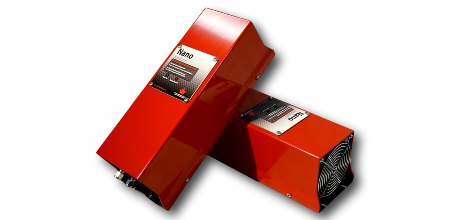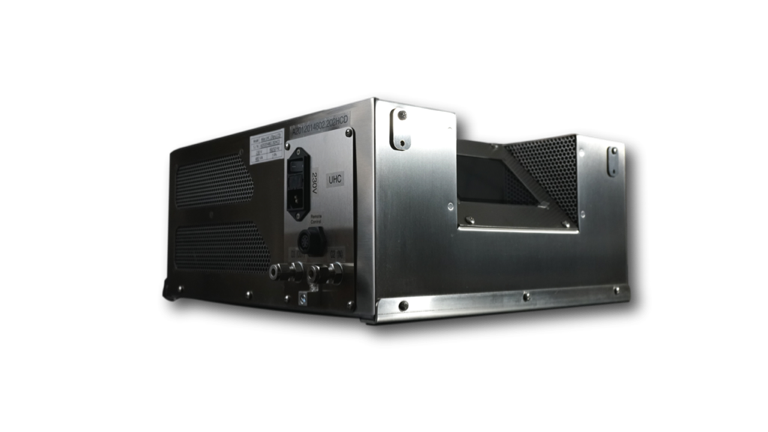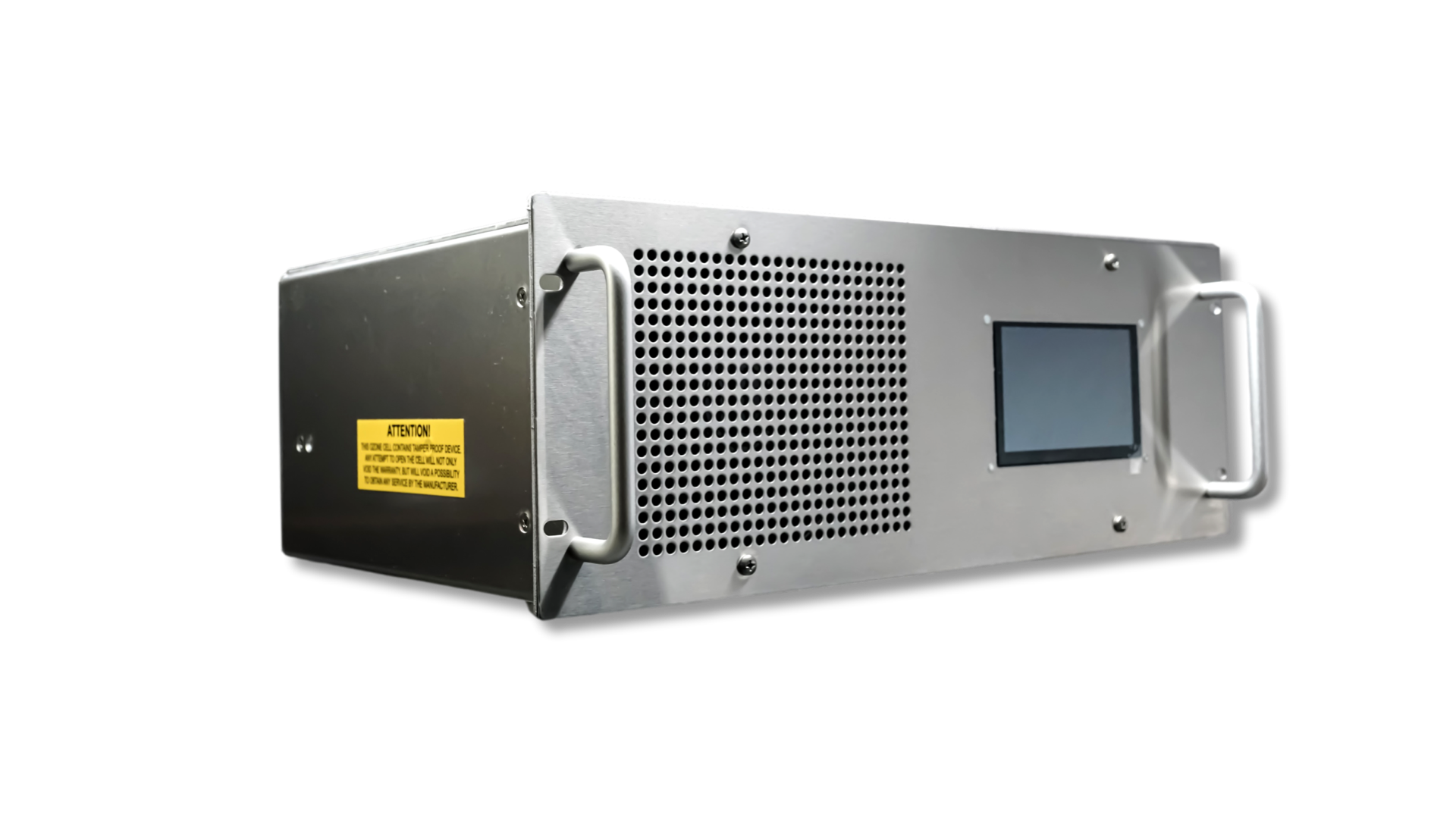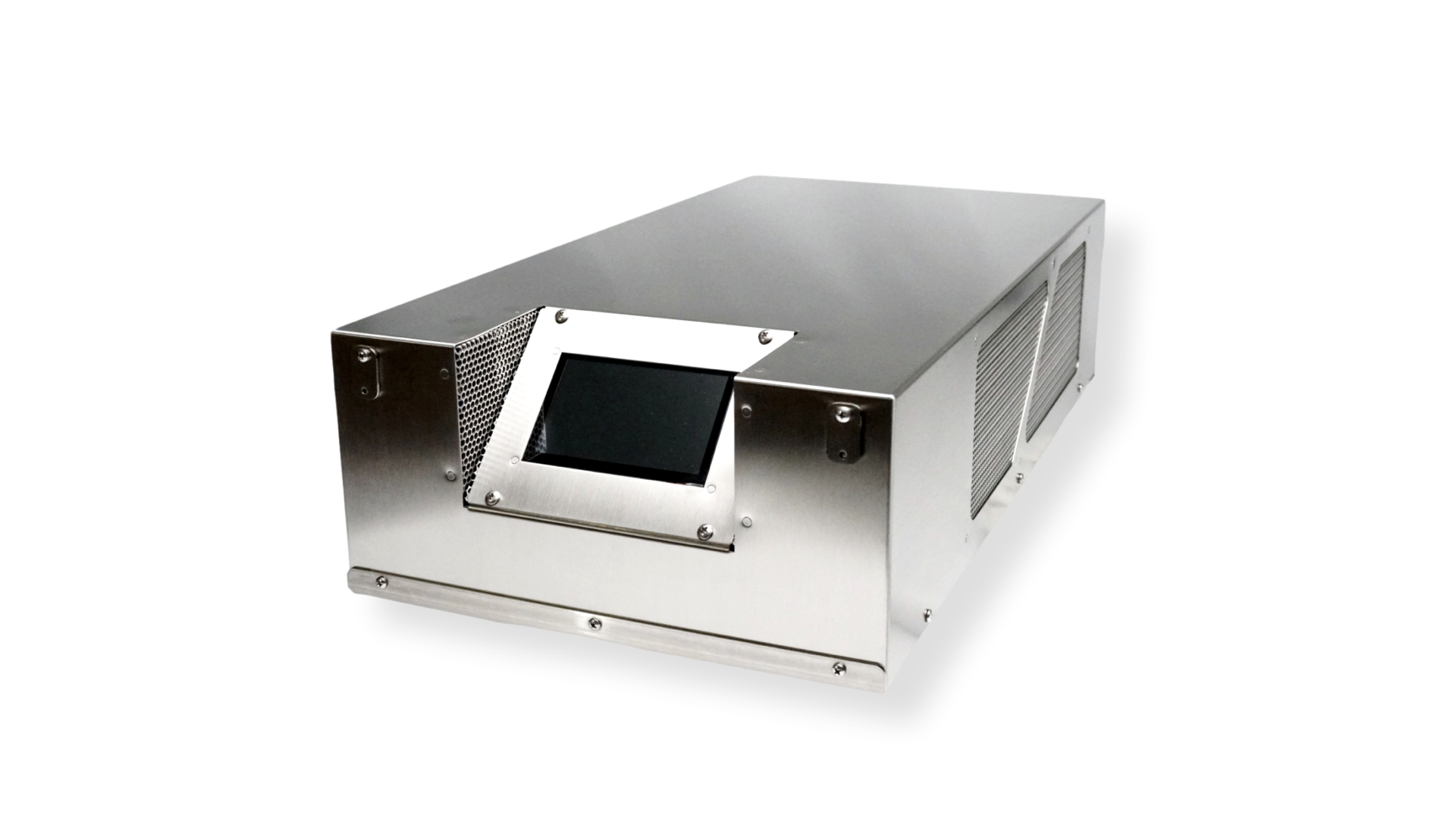Dimensionamiento de equipos de ozono
El tamaño de un generador de ozono puede resultar sencillo con la información adecuada. Sin embargo, obtener dicha información a veces puede resultar problemático.
“Al seleccionar y dimensionar un generador de ozono para su aplicación, hay tres puntos importantes a considerar para obtener resultados efectivos”
Al seleccionar y dimensionar un generador de ozono para su aplicación, hay tres puntos importantes a considerar para obtener resultados efectivos:
- Demanda de ozono (g/m3, mg/l, ppm, etc.): La información más importante al seleccionar un generador de ozono para su proyecto o aplicación es la demanda de ozono, o cuánto ozono por volumen de agua o aire necesita aplicar. para remediar un problema existente, que generalmente es la inactivación de bacterias o contaminantes dañinos o peligrosos. Puede determinar la demanda de ozono a través de varios medios, que incluyen:
- Estudios científicos publicados
- Tablas de factores CT (tiempo de concentración) para la desactivación de bacterias
- Experiencia o Prueba Piloto
- Regulaciones gubernamentales
- Volumen: Agua, aire, gas, etc., que necesita tratar (m3/h, GPM, SLPM, etc.)
- Compensación: Implementar una compensación adecuada es crucial para tener en cuenta los factores que limitan la participación real del ozono en la reacción. Esta compensación considera la eficiencia del proceso de disolución del ozono, la concentración de ozono y la vida media de descomposición del ozono.
Una vez que conoces la demanda de ozono, la multiplicas por el volumen de gas, agua, etc., que necesitas tratar, y eso te dará una cantidad teórica de ozono necesaria para tu proyecto en una situación ideal.
Implementar una compensación adecuada para todos los factores contribuyentes que limitan la participación del ozono en los factores de reacción sobre la producción de ozono le permitirá no subdimensionar el sistema de ozono y lograr mejores resultados de tratamiento.
“Para ayudarle a comprender mejor cómo puede hacer los cálculos, revisemos el siguiente ejemplo práctico de aplicación de ozono en piscinas”
Para ayudarte a entender mejor cómo puedes hacer los cálculos, repasemos el siguiente ejemplo práctico de aplicación de ozono en piscinas.
- Demanda de ozono:
para evitar que crezcan bacterias, algas o virus en la piscina y mantener el agua segura y cristalina, especialmente cuando el polvo orgánico y el polen ingresan al agua en aplicaciones al aire libre, es necesario tener una concentración teórica de ozono residual de 0,07 ppm. , como hemos aprendido de nuestra experiencia durante muchos años. Lo más probable es que una piscina cubierta funcione bien con 0,05 ppm de ozono residual, ya que en el interior no hay polvo orgánico, polen, etc., arrastrados hacia la piscina por el viento, lo que aumenta drásticamente la carga biológica y la demanda de ozono. Algunas recomendaciones del gobierno sugieren una concentración de ozono residual de 0,03 a 0,05, pero yo nunca bajaría a 0,03. El factor CT para la dicción de la mayoría de las bacterias es de aproximadamente 0,02 ppm/min. - Cálculo:
Para una piscina de ejemplo de 50 m3, para crear una concentración de ozono de 0,07 ppm en agua helada, es necesario disolver 0,07 g/m3 (ppm) x 50 m3 = 3,5 g de ozono. - Compensación:
En realidad, estos cálculos deben compensarse de esta manera para encontrar el tamaño real del generador requerido:
a 25 ˚C, la vida media del ozono en el agua es de ~15 minutos (0,25 horas).
Para compensar la descomposición natural del ozono en el agua,
necesitará disolver 3,5 g ÷ 0,25 = 14,0 g/h y no 3,5 g/h como sugieren los cálculos sin compensación.
“Un error que comete la mayoría de las personas que diseñaron el sistema de ozono”
Y ahora, sobre un error que comete la mayoría de las personas que diseñaron el sistema de ozono:
Por alguna razón, es común pensar que se puede disolver el 100% del ozono que produce cualquier generador de ozono, lo cual es imposible e incorrecto.
En nuestra prueba, hemos visto la siguiente dependencia:
Concentración de ozono versus cantidad de ozono disuelto del total producido
| Concentración de ozono | Cantidad de ozono disuelto del total producido |
|---|---|
| 1% peso | ~10% Máximo para generadores de ozono enfriados por aire alimentados con aire seco |
| 3% peso | ~20 – 30% Más del 90% de todos los fabricantes de generadores de ozono trabajan en este rango, incluidos Pacific Ozone, Del Ozone, Clear Water, etc. |
| 5-7% peso | ~50 – 70 % de rendimiento típico de los generadores Nano , Atlas , Magnum de Absolute Ozone® y solo algunos otros generadores |
| 8-10% peso | ~80 – 90 % de rendimiento de Absolute Ozone® además de la mayoría de los generadores enfriados por agua de buena calidad |
| 10-14% peso | ~95% Atlas 30 a caudales bajos y generadores refrigerados por agua de gran tamaño de la mejor calidad |
| 14-22% peso | ~97% Atlas 30 con flujos de gas bajos y solo unos pocos generadores de ozono enfriados por agua. |
Para la inyección utilizamos agua fría y un inyector Venturi correctamente ajustado. Si se utilizan difusores de burbujas, la eficiencia de disolución disminuirá entre 7 y 10 veces.
Por ejemplo, si necesita disolver 14 g/h de ozono, su generador puede disolver sólo el 50% al 5%. concentración, es necesario seleccionar un generador de ozono que produzca 14 g/h ÷ 0,5 = 28 g/h o 30 g/h, ya que es el más común en el mercado. Absolute Ozone® Atlas 30 puede disolver aproximadamente 27 g/h de los 30 g/h producidos. Puede acomodar una piscina más grande o del mismo tamaño con una mayor carga de bañistas o una temperatura más cálida.
Resumen: Si la información anterior no es lo suficientemente clara para usted y aún tiene algunas preguntas, contáctenos a office@absoluteozone.com y con gusto lo atenderemos sin costo alguno.
NANO
ATLAS
TITAN
MAGNUM





